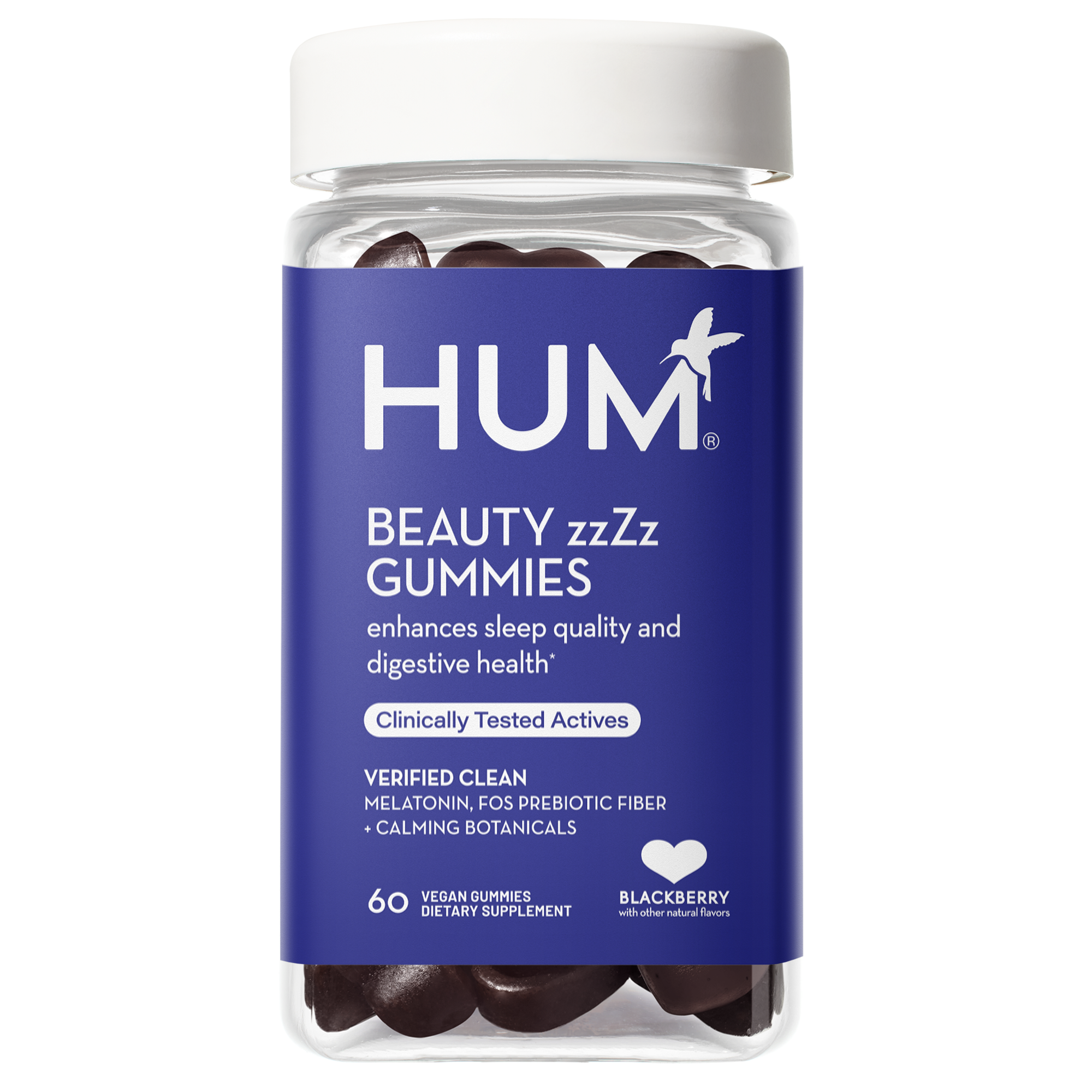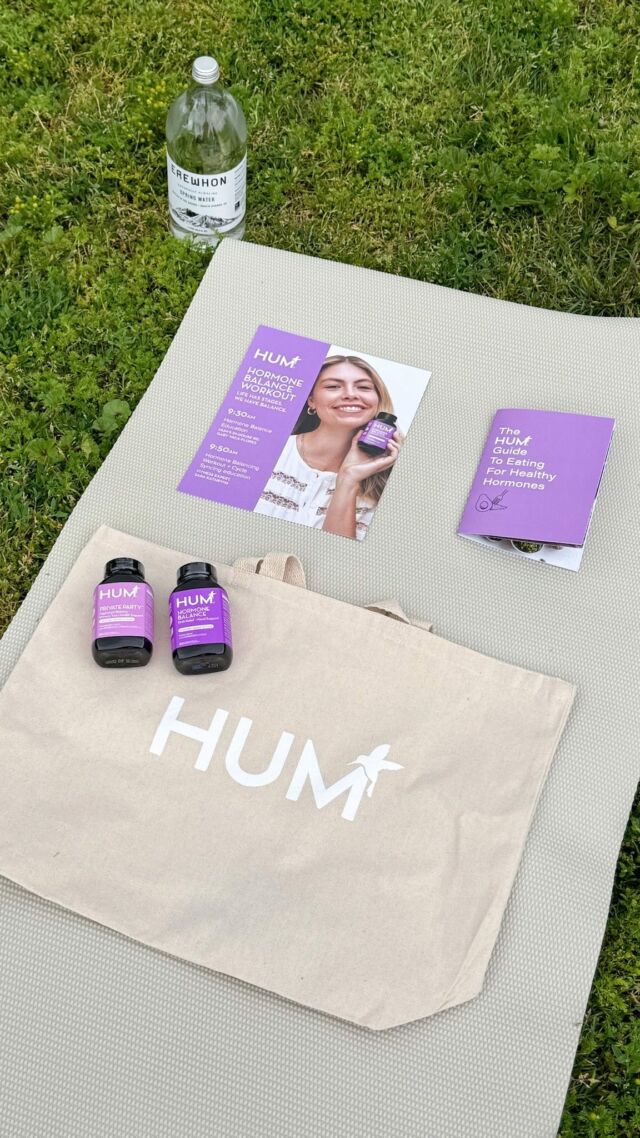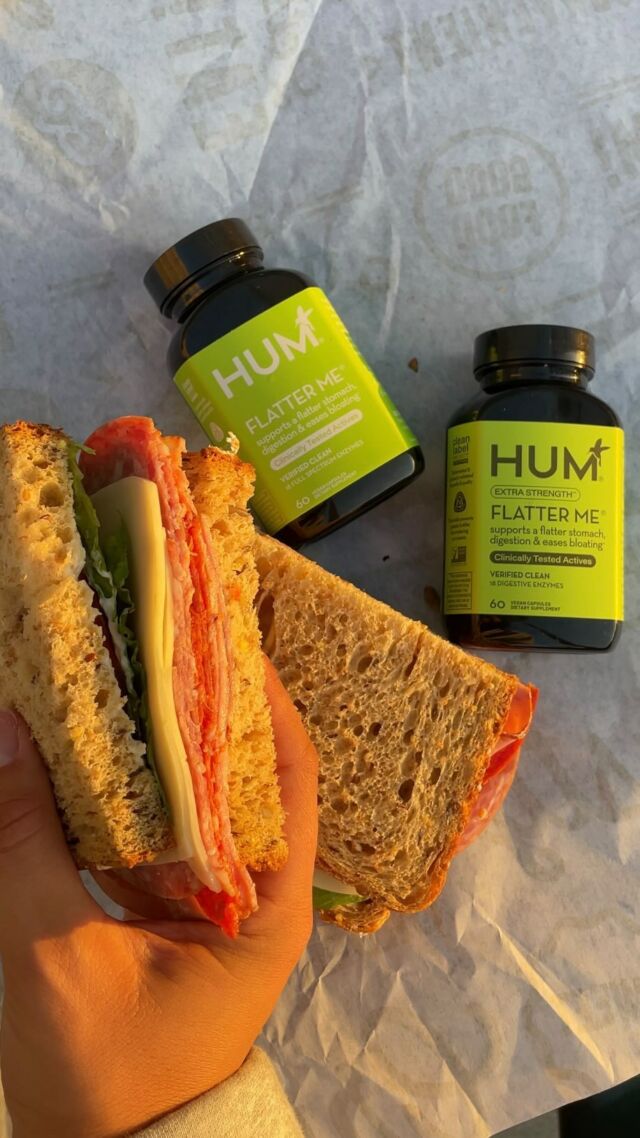Also known as DIY biology, biohacking includes a range of practices—from modest dietary and lifestyle tweaks to advanced technological intervention—intended to optimize performance and short- and long-term health outcomes.
Ahead, learn more about the basics and benefits of biohacking according to two health experts (who just so happen to be seasoned biohackers themselves).
What Is Biohacking?
“Biohacking is a focused approach to supporting metabolic processes in the body through very specific supplementations, exercise, and additional devices to enhance biological function,” explains Sarah Greenfield, RD, a functional medicine dietitian and gut health specialist. “It is primarily focused on enhancing biological performance and promoting longevity.”
Biohacking overlaps with many wellness and self-care practices you may be familiar with or even practice yourself, such as meditating and intermittent fasting. It can involve everything from the basics (like getting higher quality sleep that’s in line with your natural sleep-wake cycles) to futuristic subcultures (such as that of grinders, who implant microchips or magnets under the skin to become “transhuman”).
Additional biohacking tools and techniques include but certainly aren’t limited to:
- Cold exposure (e.g., ice baths and cryotherapy)
- Infrared sauna
- Hyperbaric oxygen therapy
- Breathwork
- Taking personalized supplements
Biohackers often take a more individualized approach to standard self-care, with specific insights (including through testing and biofeedback) and protocols tailored to the person at hand.
“The concept of biohacking allows us to look at ourselves as individuals within the health and wellness space and start to find what works for our own bodies,” Greenfield shares. “Instead of taking a sweeping general approach to wellness, you can start to tune into the unique needs of your own body. This creates empowerment and ownership of the healing process.”
While most of this sounds healthy and innocuous enough, there are some opponents who admonish certain biohacking techniques, largely on account of ethical considerations (on top of inevitable misinformation and bad players). Few people would protest against meditation, for example, but more take issue with the likes of exploiting or altering genetic material.
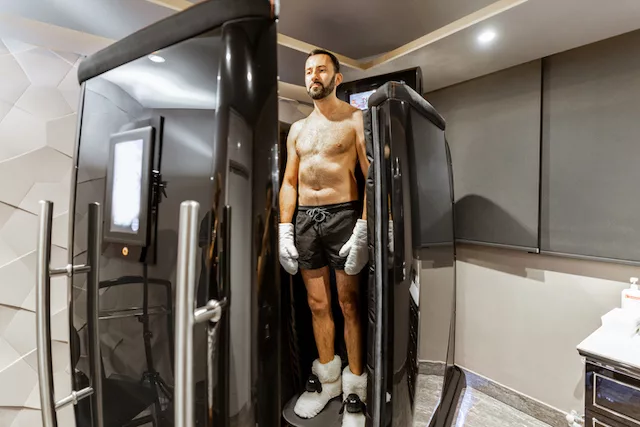
Benefits of Biohacking
Naturally, the benefits of biohacking will vary based on which practices you adopt as well as how personalized they are. Broadly speaking, however, Greenfield mentions that potential biohacking benefits include the likes of:
- Increasing telomere length (linked to longevity)
- Improving efficiency of mitochondria (to power and protect cells)
- Optimizing circadian rhythms (for better sleep, energy, and vitality)
- Enhanced exercise performance (to improve strength, speed, agility, and functional movement)
- Stabilizing blood sugar levels
Mindy Pelz, DC, a holistic health practitioner and the author of Fast Like a Girl, champions intermittent fasting (IF) as one of the single best things you can do to increase healthspan. “A 2021 review found that fasting reverses cellular aging, keeping your cells young and making them more efficient,” she explains. “The authors concluded that a couple shorter intermittent fasts each week (anywhere from 14 to 24 hours) and one longer fast each month (2 to 7 days) was enough to dramatically increase healthspan.” You can also biohack your IF game in line with your menstrual cycle or even the phases of the moon.
Dr. Pelz adds that fasting can be powerful to stave off:
- Gut imbalances
- Weight gain
- Fatigue
- Brain fog
“Fasting on a regular basis is an amazing tool for enhancing your biology,” she continues. Through her program Reset Academy—which offers a guided fasting regimen and additional biohacking techniques—she’s seen no shortage of impressive results amongst thousands of clients. “I’ve had clients lose more than 100 pounds, reverse chronic gut issues, and get complete relief from menopause symptoms,” she shares. Better yet, these major benefits were achieved with just a few minor changes.
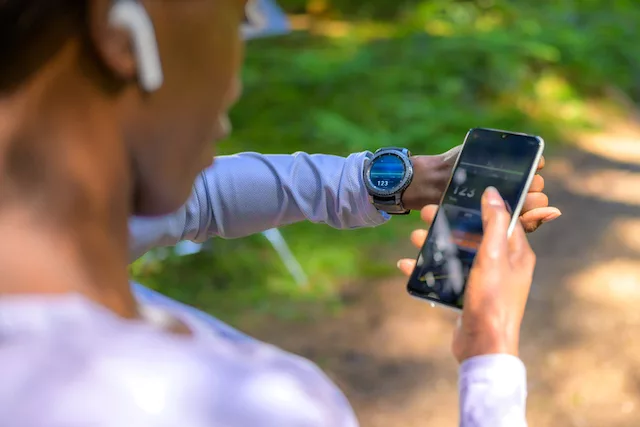
5 Simple Biohacking Techniques and Tools
“The world of biohacking is vast. There are so many devices, protocols and supplements that enhance the body’s biological function,” Greenfield explains. Yet as we’ve seen thus far, you don’t need to become a cyborg or go to great (and potentially dangerous) lengths to explore biohacking yourself. There are many safe and accessible ways to get started—as well as a growing number of options for more advanced techniques, as desired.
“With a few simple lifestyle changes you can upgrade your body and mind in extraordinary ways,” says Dr. Pelz. Here’s some inspo (on top of the examples shared above, like IF and cold exposure therapy) to get the ball rolling.
1. Stool Testing
As a gut health expert, it’s no surprise that Greenfield advocates for this biohacking method to gain highly personalized insights on your microbiome—the status of which has immense bearing on countless aspects of your health. “I love stool testing to get a sense of your own microbial diversity, and then using that to find the right prebiotics, probiotics, and foods to support the resiliency of your own microbiome,” she shares.
Note: Not all stool tests are created equal. It’s worth enlisting the services of a dietitian who can order the most advanced stool tests available, unpack the results, and create a customized dietary protocol from there.
2. Additional Personalized Testing
Dr. Pelz is a fan of stool testing as well, yet she also recommends hormone panels, DNA scans, and the like. “I think testing is one of the most overlooked parts of biohacking,” she shares. “These days it’s easier and more affordable than ever to get all kinds of testing that you can do right from your home, without a prescription.”
The cost and convenience of these biohacking tools will likely prove to be worth any investment of time, money, or effort. “There’s nothing better than hard data to show you exactly what’s working and what isn’t,” Dr. Pelz continues.
3. Continuous Glucose Monitors (CGMs)
Blood sugar regulation may not be the sexiest biohack, but it’s a crucial component of metabolic and total health. “I love continuous glucose monitors to help provide insights into blood sugar stability,” Greenfield shares. “They help you create a diet that most directly benefits your body’s biology.”
4. Biohacking Your Sleep
Getting enough high-quality shuteye is crucial for well-being in the short- and long-term. Biohacking your sleep can be as simple as ensuring you get the requisite 7+ hours each night, to leveling up to align your habits with your sleep chronotype, and then advancing to wearable technology for real-time intel.
For instance, Greenfield recommends the Oura Ring. “It’s a great product to help give insights into circadian rhythms,” she says, all the while tracking additional health metrics.
5. Regulating Your Nervous System
Many of us constantly operate in fight or flight mode (sympathetic nervous system) instead of our rest and digest mode (parasympathetic nervous system). The stress and hyper-vigilance from always staying on guard can be detrimental to your health when sustained over time. That said, Greenfield highly recommends adopting calming, grounding techniques to help regulate your nervous system and heal your mind and body.
Some of her go-tos include:
- Listening to binaural beats (432 Hz)
- Sound bowl meditations
- Forest bathing
- Mana Gardening
“All these things can help calm the body’s nervous system and support health and longevity,” she explains.
Final Thoughts
In a nutshell, biohacking involves employing tools and techniques—typically highly personalized—with the goal of improving specific health outcomes. While testing and technology can certainly complement and often advance your biohacking quest, it doesn’t always have to.
“There’s also a lot of value in listening to your body, especially if you can’t afford testing or it isn’t available in your area,” Dr. Pelz shares. For instance, she says you can make your own biohacking journal, logging info such as how much sleep you get each night and assigning a number to your energy levels. You can make your own tracking system for any biohack or lifestyle factor—detailing what you eat, how much you move, and how you feel as a result. “These things may not be as objective as formal tests, but they’re still valuable data that can help you decipher which biohacks are actually beneficial and which ones are not,” she continues.
Greenfield agrees, emphasizing the importance of being in tune with your own mind and body. As beneficial as it ca be to do your research and enlist the advice of experts, you should also recognize your own innate power and wisdom. “I truly believe the less we can outsource our healing to someone else, the more we are able to heal for the long-term,” she shares.

I Tried Cold Water Therapy and My Mornings Have Never Been More Productive
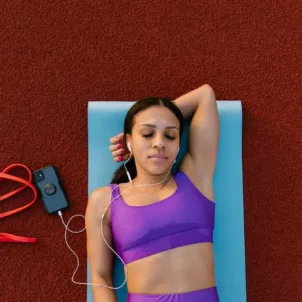
10 Mental Tricks to Train Smarter Not Harder, According to a Sports Psychologist
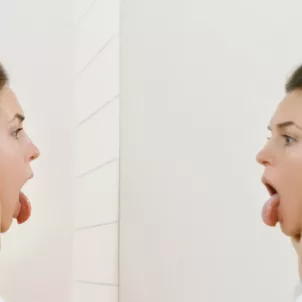
I Tried Scraping My Tongue for Two Weeks And My Breath Has Never Been Fresher




